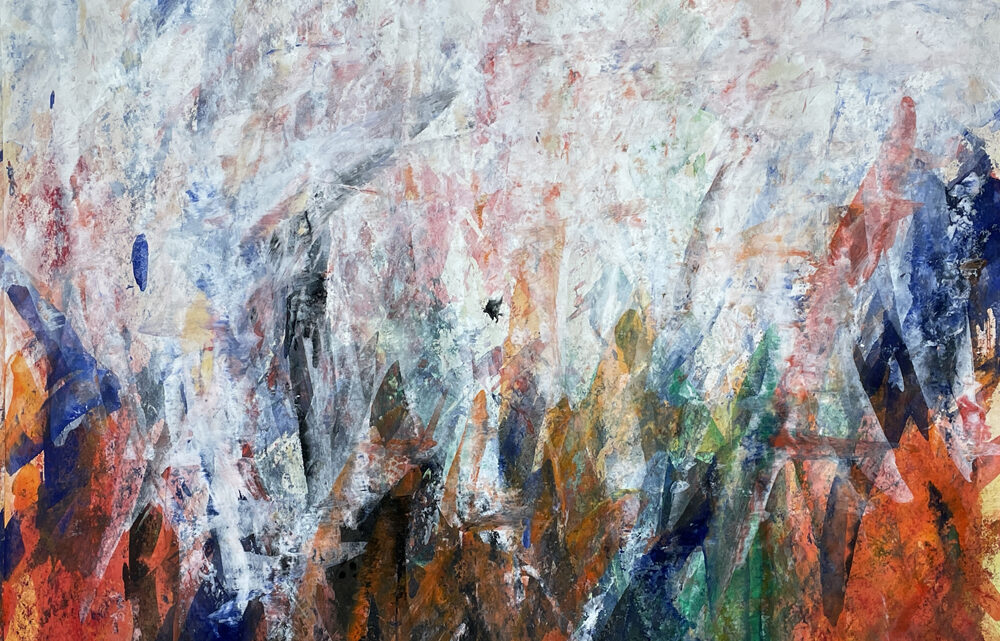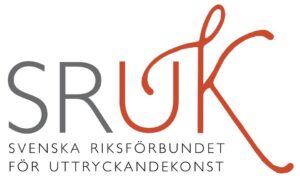
Trauma-focused Group Music and Imagery with Women Suffering from PTSD or CPTSD: A Randomized Controlled Study
GRATTIS GABRIELLA!
Gabriella Rudstam har till vår stora glädje under hösten 2023 doktorerat vid Aalborgs universitet. Hennes arbete finns här beskrivet och du kan ladda ner hennes avhandling som PDF.
Mer information om avhandlingen finns på AALBORG UNIVERSITET
Trauma-focused Group Music and Imagery with Women Suffering from PTSD or CPTSD: A Randomized Controlled Study
Abstract
Background
In posttraumatic stress disorder (PTSD), physiological reactions during trauma scripts have been anchored to the diagnosis. According to the construct of research domain criteria, physiological reactions and self-rating scales could be used to evaluate treatment effects.
Objective
In the present study, self-rated PTSD symptoms combined with physiological reactions during trauma script were used as outcome measurements in the domain of arousal/regulatory systems in a controlled randomised study of Group Music and Imagery (GrpMI) treatment for females with PTSD or complex posttraumatic stress disorder (CPTSD) related to violence and/or sexual abuse.
Methods
45 traumatised women were randomised to 12 weeks of active treatment or waiting. Before and after the intervention, an assessment was done using physiological measurements during script-driven imagery (SDI) procedures. Subjective Units of Distress (SUD) were collected immediately after the trauma script (TS). Reactions during the SDI procedure were reported using the Responses to Script Driven Imagery (RSDI) scale, measuring re-experiencing, avoidance, and dissociation. Self-reported PTSD symptoms were accessed using the PTSD checklist for DSM-5 (PCL-5). Heart rate (HR), heart rate variability (HRV), and electrodermal activity were sampled during the baseline (BL) and TS conditions of the SDI procedure. As a measure of trauma-related reactivity, the difference between TS and BL was used for statistical calculations. HRV measures included high (HF; 0.15-0.4 Hz) and low (LF; 0.03-0.15 Hz) frequency band power, the LF/HF ratio, and the root mean square of successive inter-beat differences (RMSSD). Measures of electrodermal activity included skin conductance levels (SCL) and frequencies of non-specific skin conductance responses (NS-SCR). Further, correlations between self-rated PTSD symptoms and physiological reactivity measures were analysed.
Results
During the TS, the absolute levels of HR, LF/HF-ratio, and NS-SCR, as well as the trauma-related reactivity of HR, RMSSD, HF, LF/HF-ratio, SCL, and NS-SCR, showed significant changes indicating decreased arousal during trauma script after treatment. Compared to the waitlist control, an interaction analysis showed significant treatment effects in the BL level of HR, the absolute TS level of HR and HF, and the trauma-related reactivity of RMSSD and HF, suggesting an improvement of vagal function in the treatment group. Significant treatment-related reductions were found in symptoms of PTSD, re-experiencing and avoidance, as well as SUD. The changes pre- to post-treatment in HR reactivity and self-rated PTSD symptoms correlated significantly. Furthermore, the initial HR reactivity predicted treatment outcome as measured with PCL-5.
Conclusion
In the evaluation of treatment methods for PTSD, a combination of self-report and physiological measures seems to be feasible. The physiological measures, in combination with a robust decrease in self-rated PTSD symptoms, indicate that trauma-focused GrpMI is a promising treatment for PTSD or CPTSD. More studies are needed to confirm the results, and further research comparing with other active treatments is necessary to establish the precise role of the treatment.
Gabriella Rudstam har arbetat inom psykiatrin under 15 år som psykoterapeut, musikterapeut och uttryckande konstterapeut. De senaste 10 åren har hon arbetat på Kris-och traumacentrum med flyktingar och svenska patienter med diagnos posttraumatiskt stressyndrom (PTSD) och olika former av dissociativa störningar. Hon har specialiserat mig på att arbeta med traumatiserade kvinnor som varit utsatta för fysiskt, psykiskt och/eller sexuellt våld. Parallellt driver hon mitt eget företag och arbetar som terapeut i samverkan på Expressive Arts AB.
Från Hemsidan för Expressive Arts Stockholm
Befinner mig i Danmark, Ålborg . Väldigt roligt att vara här och att få vara med när Gabriella lägger fram sitt arbete i musik terapi . Vi är många vänner och kollegor här som följt hennes arbete och som väntar med spänning på att hon ska få sin doktorshatt . Det är så fint med kollegor som orkar kämpa för att dra de konstnärliga terapierna in i den akademiska världen. Det gör otroligt mycket för hela fältet som ännu inte är så beforskat . Hon är den femte av dem jag nu kommer på och känner till i Sverige , Norge och Danmark som tar denna långa väg i hängivenhet och hårt arbete. Det kräver sin kvinna / man att översätta det mjuka subtila, känslosamma till ett akademiskt, trovärdigt språk. Jag är fylld av beundran och tacksamhet.
Klara Yvonne Klingspor
